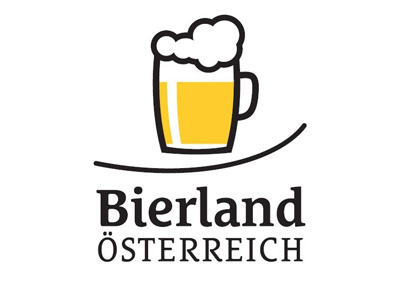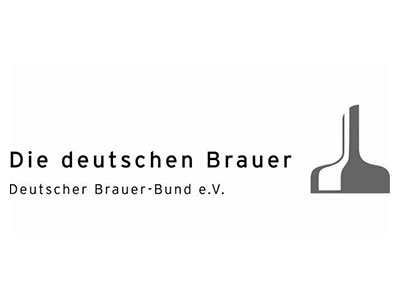- 23/10/2018
- 5767
- |
- Beer
- |
- 2002
9.40 - Sensitive Proteins in Beer by Nephelometry
The determination of the sensitive proteins in beer by nephelometric measurement of turbidity after addition of tannic known quantity of tannic acid.
It is necessary to use EBC Method 9.29












